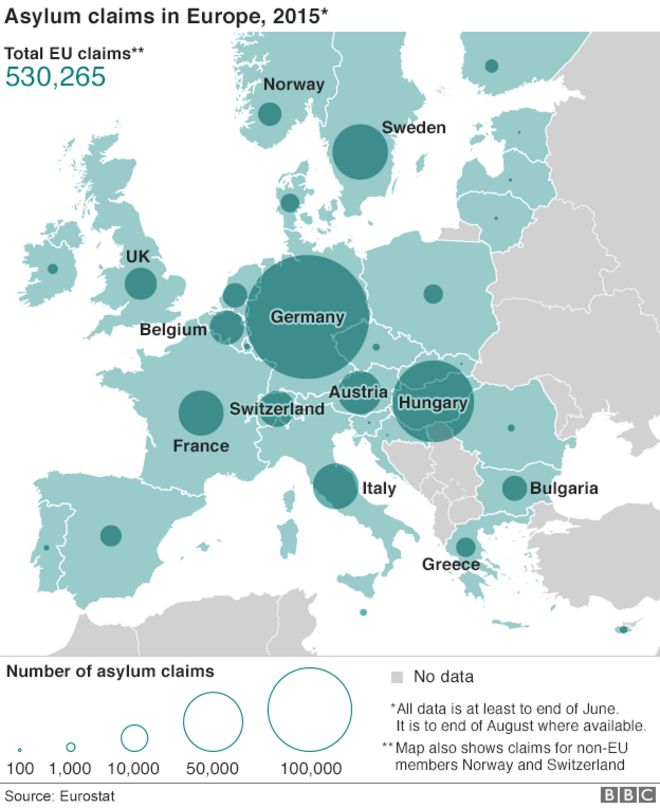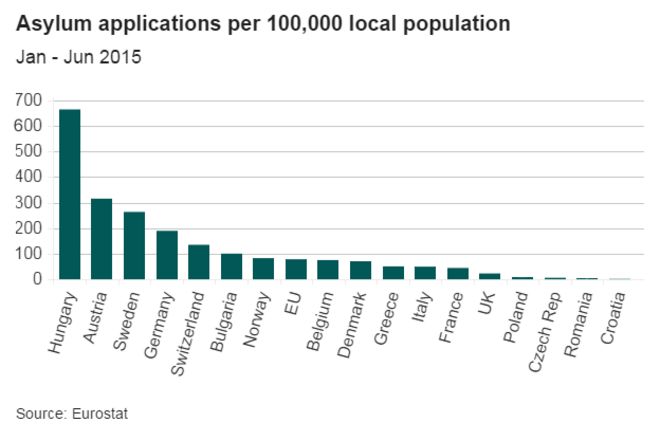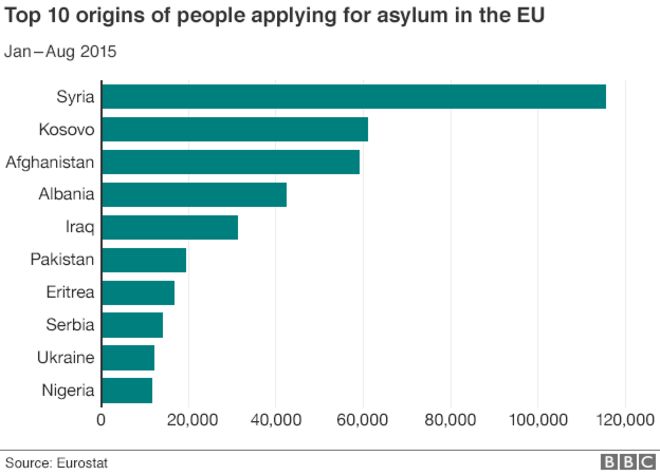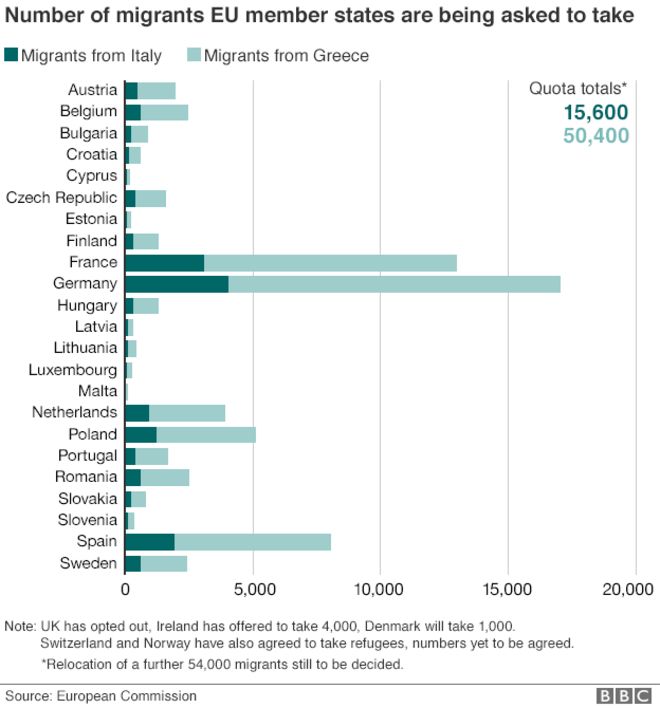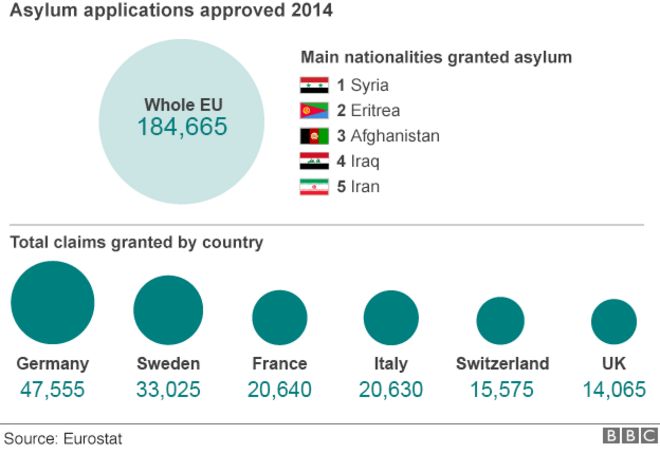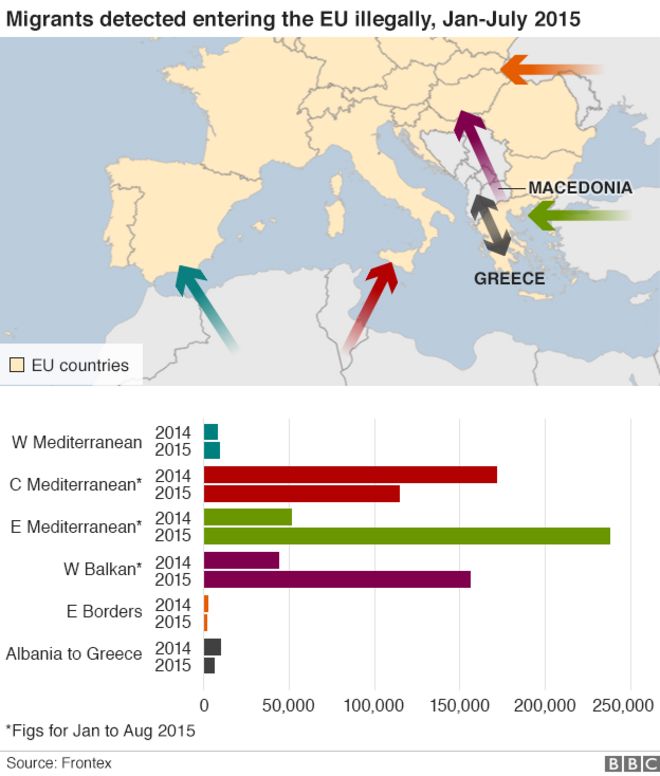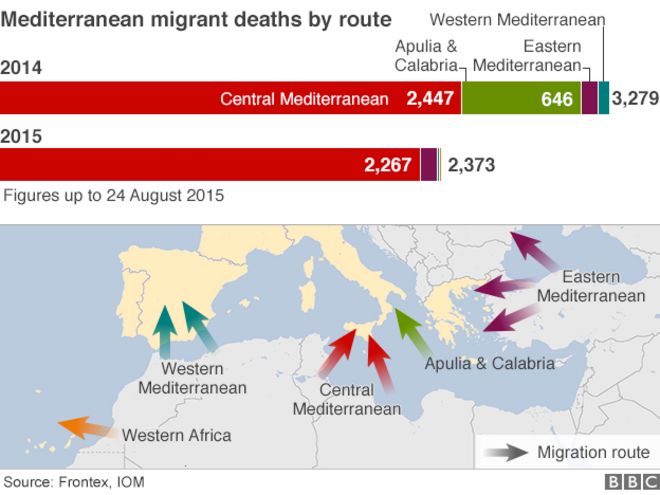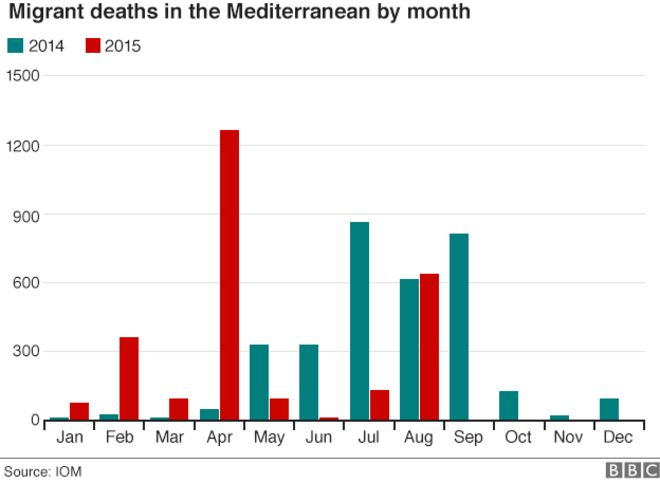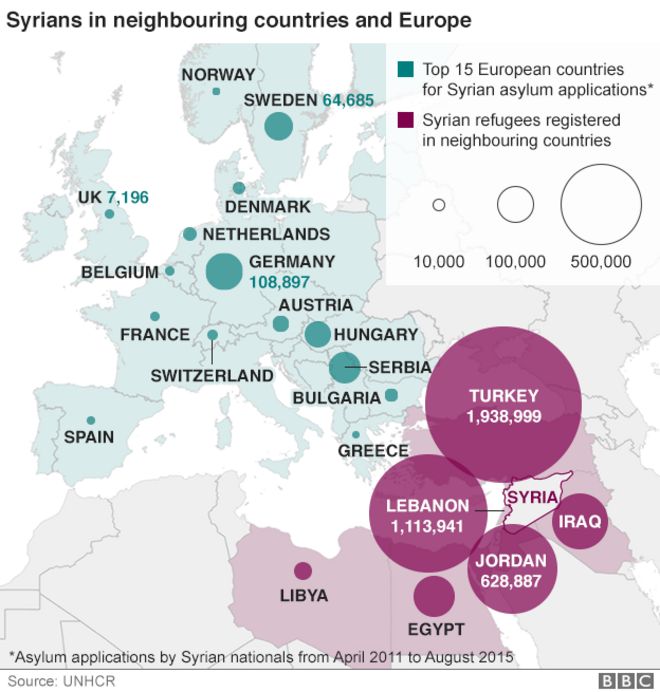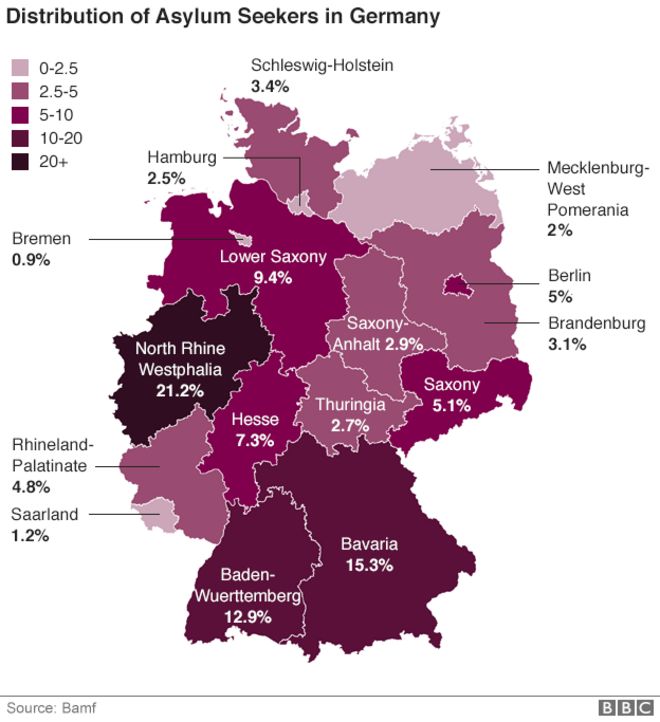For the United States, there is a ripple affect already and Congressma McCaul is but one legislator that has introduce a bill to stop the insurgency in the United States.
WASHINGTON, DC– Today, Congressman Michael McCaul, Chairman of the House Committee on Homeland Security, introduced the Refugee Resettlement Oversight and Security Act. If enacted into law, this legislation would give the American people’s representatives the chance to vote up or down on the President’s plan to resettle 10,000 Syrian refugees into the United States and improve the security vetting process. Specifically, this bill will:
- Require affirmative approval by both the House and Senate before any refugees are admitted to the U.S.
- Allow Congress to block any inadequate refugee resettlement plan put forward by the President.
- Require the Administration, when considering the admission of refugees from Iraq and Syria, to prioritize the resettlement of oppressed religious minorities.
- Ensure DHS, in coordination with DNI and FBI, provides new security assurances before admitting refugees into the country and for the Governmental Accountability Office to conduct a sweeping review of security gaps in the current refugee screening process.
McCaul: “Many Americans are understandably concerned about the threat posed by inadequate security screening procedures for refugee seeking entry into the United States. ISIS themselves have stated their intention to take advantage of the crisis to infiltrate the west. We have to take this threat seriously.
This bill will rein in the Administration’s refugee resettlement plans and give Congress more control over the process by requiring the Administration to get affirmative approval from Congress through the enactment of a joint resolution before any refugees may be admitted into the United States.
These important security updates to the refugee process are necessary for not only the security of the United States, but for the safety of the refugees.”

Syria is a mess, Mr Obama. Tell me how this ends
“Tell me how this ends.” That was the remark David Petraeus, the US general who led the “surge” in Iraq, is said to have made on his first post-invasion visit to the country.
It proved an eerily prescient comment. The US soon found it was unable to end its war in Iraq on its own terms. For the Middle East, that war has not yet ended at all.
Tell me how this ends. The same charge might be levelled at Barack Obama over Syria. In the month in which Russia’s introduction of military hardware into the Syrian conflict has decisively changed its trajectory, America and its allies now look like the only group without a plan.
That’s the reality that lies behind the words of Barack Obama and Francois Hollande in New York. Despite their insistence that Bashar Al Assad must go – although perhaps not just yet – and that the regime cannot be pardoned, although it can perhaps be “worked with”, their actions send a much clearer message. No one in the West knows how this ends.
In Damascus, in Moscow, in Tehran and even in Raqqa, they know how this ends. Every one of those players in the Syrian civil war has a clear end in mind. They know their goal and they are seeking it, day after day.
The Assad regime knows exactly how this ends: with its survival. The regime, father and son, has been preparing for this moment for decades, preparing for a serious challenge to its authority.
In the years before Hafez Al Assad came to power in 1970, there were seven coups in Damascus. In the 45 years since, there have been none.
ISIL, too, have an end in mind, the carving out of a caliphate. They have not been preparing for it as long as the Assads, but they have been preparing: solidifying alliances through politics and marriage; gaining intelligence on their enemies; forging links with jihadis abroad and creating a vast online propaganda network that brings in men and money.
Both Russia and Iran also have an end in mind, and it is nothing less than the replacement of the US-Israel axis with one of their own. Already they are laying the groundwork.
Almost unremarked amid coverage of the theatrics at the United Nations in New York, was a small announcement by Iraq that it would now share intelligence with Syria, Iran and Russia.
Ostensibly, this communication is only about the fight against ISIL. But a Kremlin-backed network now runs from Tehran, through Baghdad and Damascus, and even, via Hizbollah, into Lebanon. A new axis is being formed, while America is distracted.
A turning point has been reached with the entry of Russia. And, once again, the western powers are divided, unable to agree among themselves what result they want and how best to achieve it.
This was exactly what happened the last time there was a turning point, just over two years ago, when the Assad regime used chemical weapons against civilians in Ghouta, a suburb of the capital.
Then, as now, the unwillingness of the United States to do anything – even in violation of its own “red lines” – had wide repercussions. Inaction carries consequences.
One of the reasons why the refugee crisis in Europe became acute over the summer was an intangible feeling among those inside Syria and in neighbouring countries that the war was not coming to an end soon, and so it would be better to restart their lives elsewhere, rather than remain in perpetual limbo. It is not far-fetched to imagine that the inaction of the West contributed to this feeling – and thus, in a roundabout way, European countries contributed to the migrant crisis becoming worse.
That, precisely, is what is wrong with the West’s analysis of the Syrian civil war. It is too complex. In particular, America’s strategy seeks to take into account too many factors: how will intervention play at home? Will they call this another Iraq? What about the nuclear deal with Iran? What about Russia’s role in Ukraine? What will Israel, Saudi Arabia and Turkey think?
There is much truth to the label of “philosopher-in-chief” often pinned on Mr Obama by his enemies. Seeking the perfect policy, with the fewest consequences, he has ended up enacting a policy of inaction – a policy which, of course, brings with it its own set of consequences.
America will come to deeply regret its mistakes in Syria, even more, perhaps, than its mistakes in Iraq. Allowing an old rival to re-enter the Middle East will make America’s ability to project power in Asia much harder. Vladimir Putin appears to understand the optics of power much better than Mr Obama. Weakness in one sphere makes it harder to project power in another.
All across Asia, America’s traditional allies will be warily eyeing Russia’s re-entry, looking hard at the consequences of their alliance with America and wondering: “Tell me how this ends.”

